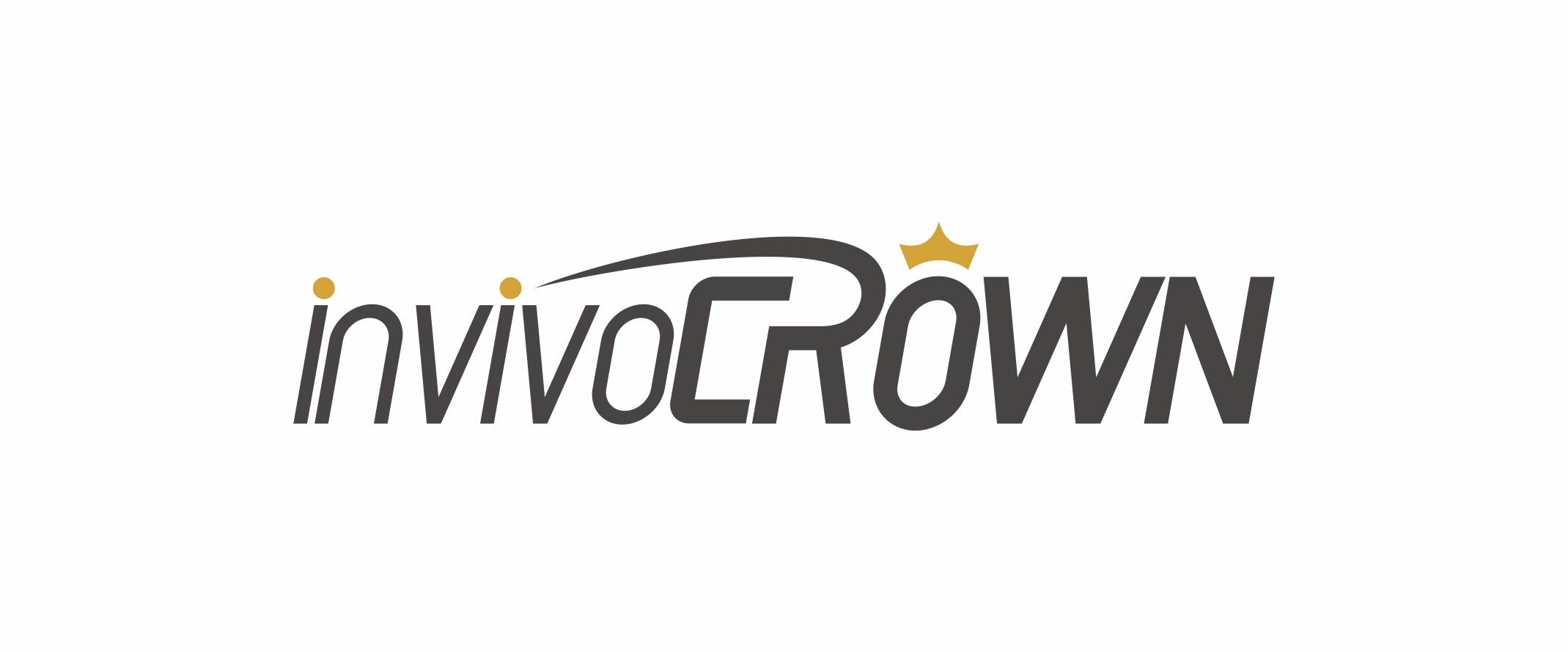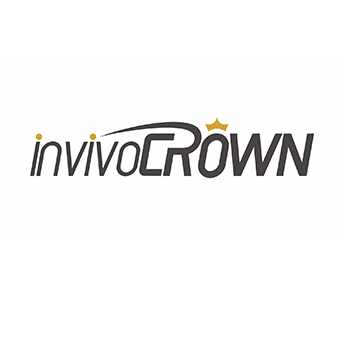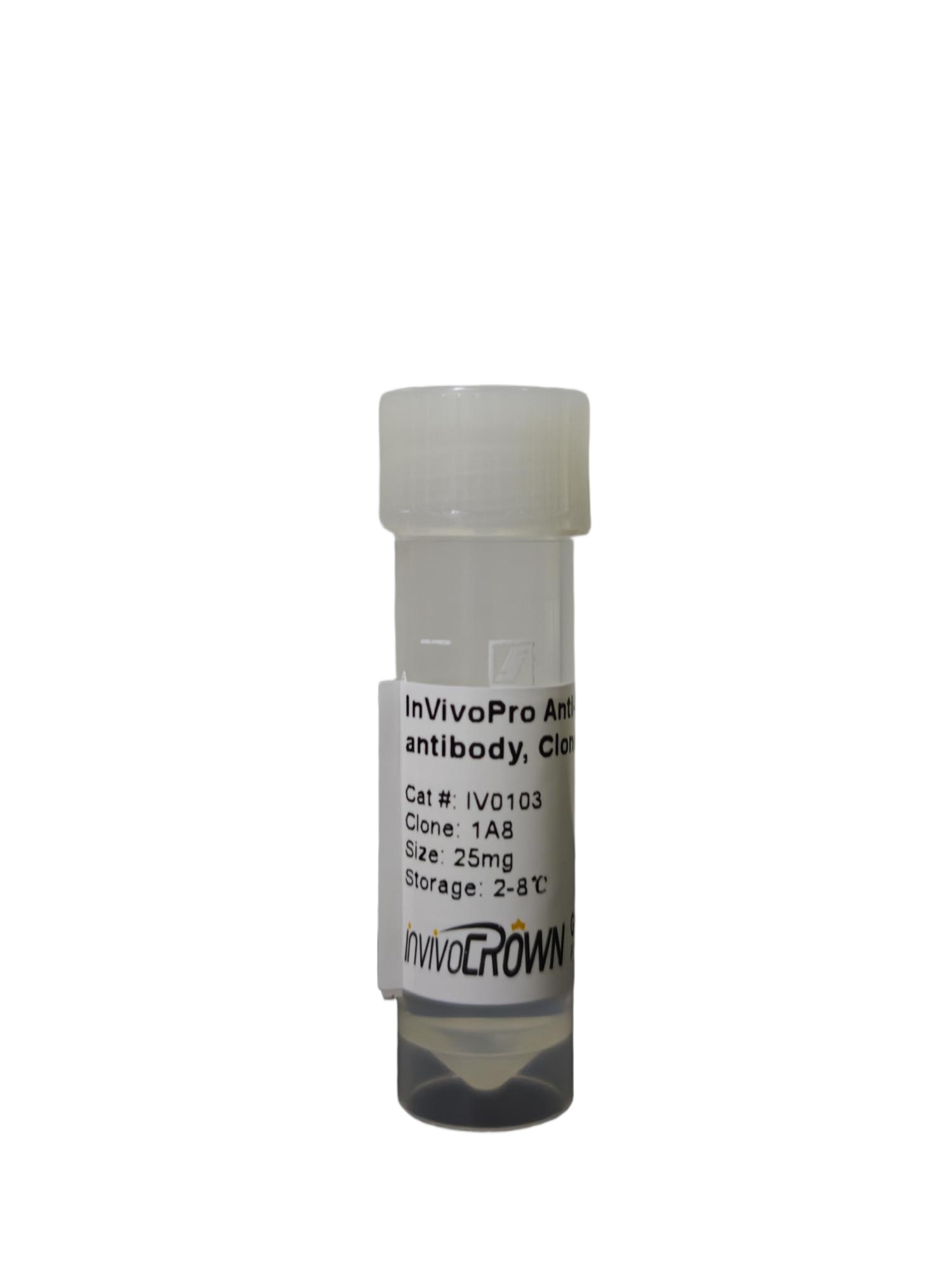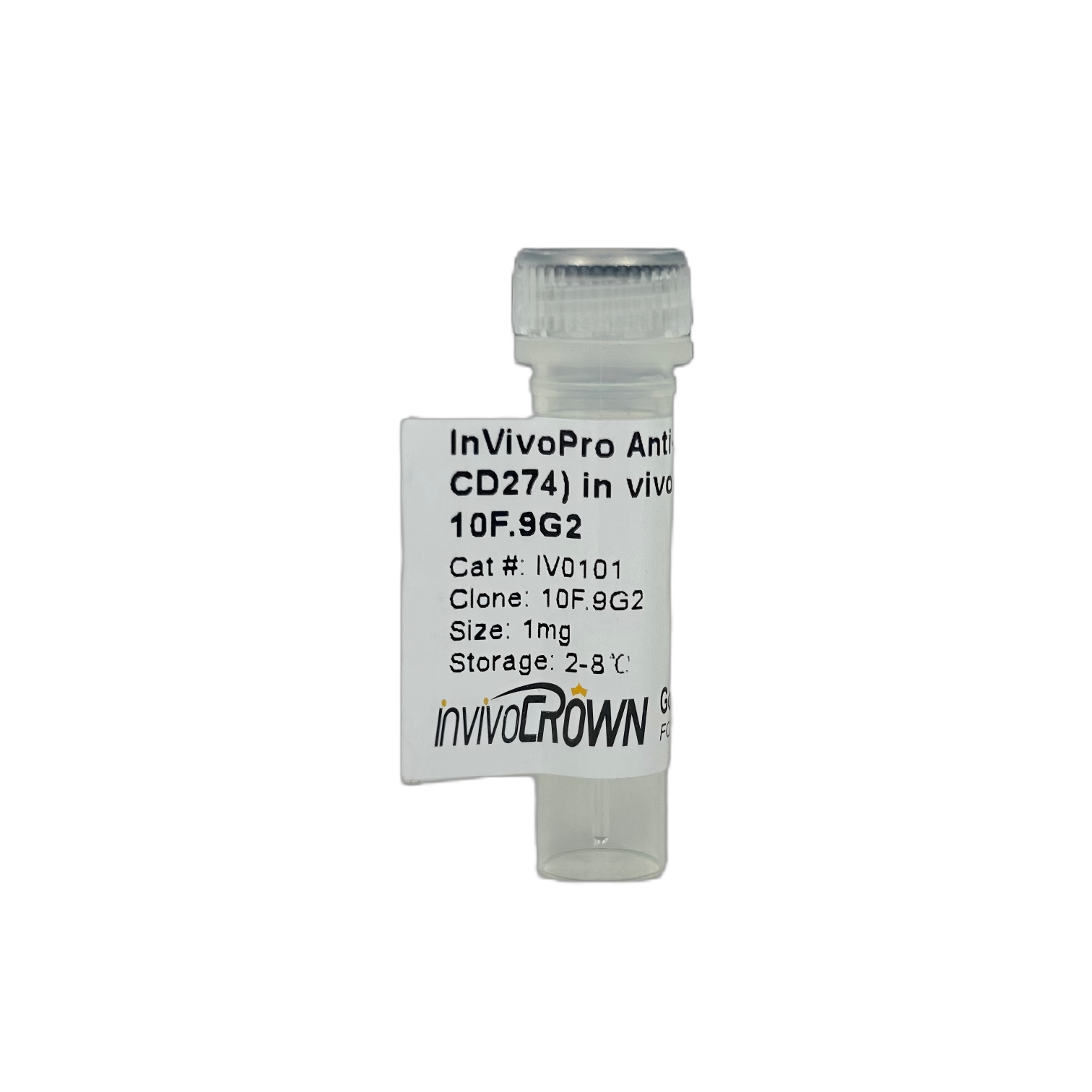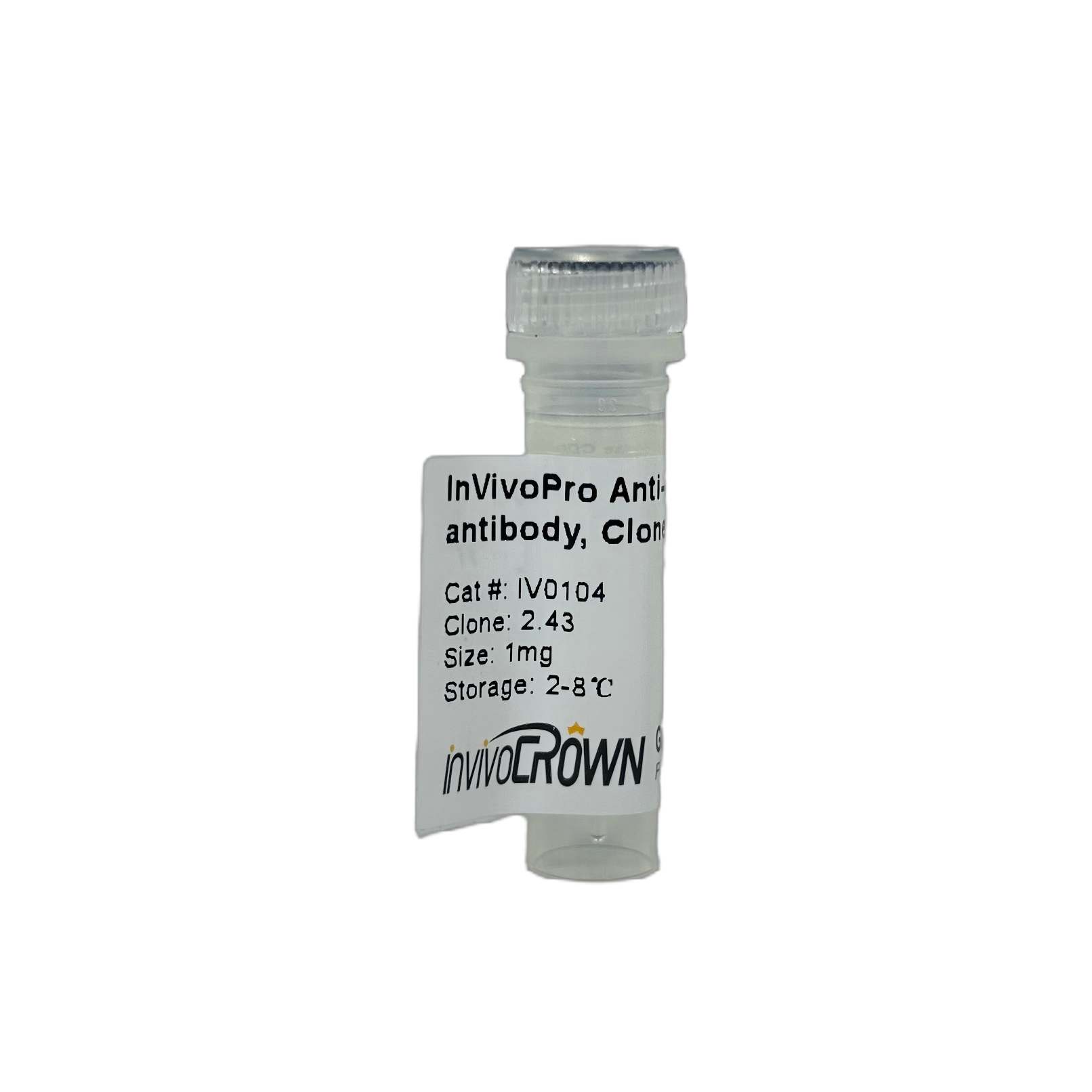| Catalog |
IV0116 |
| Product Name |
InVivoPro Anti-Mouse CD40 in vivo antibody, Clone FGK45 |
| Size |
1mg/5mg/25mg/50mg/100mg |
| Isotype |
Rat IgG2a |
| Clone |
FGK45 |
| Target |
CD40 |
| Other Names |
CD40, Bp50, TNFRSF5 |
| Isotype Control Catalog Code |
IV0105 or Rat IgG2a Isotype Control |
| Dilution Buffer |
PBS, pH 7.2, contains no stabilizers or preservatives |
| Reactivity |
Mouse |
| Host Species |
Rat |
| How much antibody to use in vivo |
200-500 μg per mouse; or 10-20 mg/kg. This range is based off the most recent publication data using the FGK45 clone in vivo. Each investigator should determine their own optimal working dilution for specific applications. |
| Background |
CD40, also known as TNFSF5, is a type I transmembrane protein and member of the TNF receptor family. The binding of CD40L (CD154) on TH cells to CD40 activates antigen presenting cells and induces a variety of downstream effects. CD40 is expressed on B cells, dendritic cells, monocytes, thymic epithelial cells and, at low levels, on T cells. Signaling though CD40 plays an important role in the proliferation and differentiation of B cells and is critical for immunoglobulin (Ig) class switching. The membrane-anchored CD40L is expressed almost exclusively on activated CD4+ T lymphocytes. Failure to express CD40L leads to "immunodeficiency with hyper-IgM", a disease characterized by failure to produce IgG, IgA and IgE. Some of the early intracellular signaling by the CD4-CD40L system includes the association of the CD40 with TRAFs and the activation of various kinases (4). Adaptor protein TNFR2 interacts with this receptor and serves as a mediator of the signal transduction. The interaction of CD4-CD40L is found to be necessary for amyloid-beta-induced microglial activation, and thus is thought to be an early event in Alzheimer disease pathogenesis. |
| Applications |
In vivo CD40 activation, in vitro B cell stimulation/activation, Flow cytometry |
| Purification |
protein A or G |
| Storage |
This antibody is stable for at least 2 months when stored at 2-8°C. For long term storage, aliquot in working volumes without diluting and store at -20°C or -80°C. Avoid repeated freeze thaw cycles. |
| Shipping |
2-8°C with blue ice |
| Concentration |
Lot specific, generally ≥ 5.0 mg/ml |
| Shelf Life |
12 months from the date of receipt if stored as recommended |
| Formulation |
PBS Buffer, PH 7.2, with no carrier protein, or preservatives. |
| Sterility |
0.2 μM filtered |
| Endotoxin |
≤ 1.0 EU/mg, by the LAL method |
| Purity |
99% |

